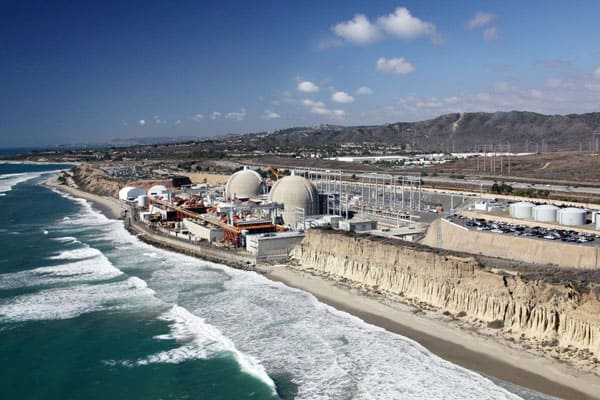Energize Weekly, April 3, 2019 Nearly three-quarters of the nation’s coal-fired electric generation could be matched or undercut on cost by local wind and solar installations, according to analysis by Energy Innovation and Vibrant Clean Energy. The report projects that the portion of the coal-fired fleet economically challenged by renewable…
Majority of nation’s coal plants are undercut on costs by wind and solar, study says

































